|
By Al Player(s): 1 Platform(s): Nintendo Switch Xiaomei and The Flame Dragon's Fist is a retro styled action beat 'em up from Japanese developer PiXEL and publisher Leoful. The game pays homage to the NES and SNES era with its graphics, music, and gameplay. It's now available for the Nintendo Switch, and we're here to take a look and see if this is something worth adding to your collection, or if you're better off firing up your old NES and Kung Fu again. The story opens with sisters Xiaomei and Xiaoyin training under Master Pailong. Xiaomei is the mast of the Flame Dragon's Fist, and Xiaoyin is the master of the Dark Dragon's Fist. Their styles represent a sort of yin and yang and balance between good and evil. One day Xiaoyin is suddenly missing and is thought to be heading to Mount Heian, the very place where the Dark Dragon was sealed away by Master Jin Shenlong. It's said that the Dark Dragon can bestow enough power to allow one to rule the world, so it's up to Xiaomei to head off in pursuit of her sister. The story is both surprisingly deep, and fairly simple. There are some decent plot twists, cutscenes that move everything along, and an entire second scenario. These story beats are rather thin though, and the aforementioned cutscenes only take place between levels and feature the boss characters you just defeated. This isn't exactly anything to fault the game for though, as it does fit in with the NES/SNES feel. If anything I was surprised that the game didn't feature a simple "Congratulations" screen upon completion, but instead it's gives us a full ending that wrapped up most of the plot threads. After you complete the game the first time (the "Xiaomei Mode") you unlock Xiaoyin and get to experience the story from her point of view. This isn't just a palette swap though as not only does Xiaoyin play differently, more on that later, but she also has her own bosses and cutscenes. Story might not be the game's strongest point, but its depth may still surprise you. Even though the graphic style leans towards 16-bit aesthetics, the gameplay lies firmly in the 8-bit era, specifically NES' Kung Fu. Anyone who's played both games will almost definitely make the Kung Fu connection also. The gameplay, the limited movement, even the on-screen HUD looks similar. There are six levels to complete in each mode, and you move to the right while still be able to attack enemies that come out from the left (as in behind you), but you're not able to traverse back to areas the screen has already moved from. You have a punch, kick, and special attack button and are able to chain together a combo by landing hits without taking any yourself. As far as enemies go, there's about a dozen of them here. Most come at you straight, either trying to grab you or to throw swords at you, and some are low to the ground, flying in the sky, or even moving towards you in a Castlevania-esque wave pattern. You build up a special meter with each enemy defeated, and can unleash a powerful attack either on the ground or in the air once it's filled. The only power-ups come in the form of various health restoration items that also seem to spawn as you defeat enemies and/or take damage. Xiaoyin and Xiaomei each have their own regular and special attacks and play slightly differently as their range, speed, and point of connect are both different. Each level goes by rather quickly and only takes a minute or two to complete. You can't really linger too long anyway as there's a pretty aggressive timer that ends your current life if you let it run out. Since each level is relatively short you have to complete the entire thing in one go. There are no checkpoints to speak of, except for when you reach the boss, and you're thrown all the way back to the beginning of each level when you die. You're given three lives to start with, and you can add more via the options menu, but you have unlimited continues and can restart on the last level completed, or even the boss section if you manage to reach it. On paper the gameplay is rather simple, but there are some things that keep it from being as enjoyable as it could be. We just finished covering combat, but there's a bit more to talk about. Basically the game delivers a very mixed experience where the combat system either works or it doesn't. Before I go on, let me start off by saying that I never once used the punch button in all my playthroughs, so just forget that button exists. I'm not sure if there's a tactic I'm missing, but it has less reach than the kick and seems to rarely connect when I need it to. This leads to the next point: collision detection. You can't really have a good beat 'em up if your collision detection is off, and unfortunately that's the case here. On one hand I'm glad there's nothing like knock-back to mess up the flow of the game, but on the other hand you'll find it hard to notice when you're actually taking damage. There are may be visual and audio indicators, but they are so light that they might as well be non-existent. Also, there's no real cool down when it comes to taking damage, so you can accidentally place yourself too close to an enemy and find yourself dead in seconds just from touching them for too long. Each level also has flying enemies above you, but landing the attacks needed to take them out might as well be an exercise in futility. Good luck avoiding enemies that jump or move in a wave pattern too as the controls just seem the right level of unresponsive where I'm sure it's not actually my fault I am taking hits. This all could lead to a near impossible gameplay experience, and perhaps it does at the hardest difficulty setting, but the game does have one saving grace that might be accidental. Since the levels are all very short, and the timer counts down very quickly, the game practically rewards you for making a beeline to the exit. If you're level RNG is good, and you have the best of luck, you can pretty much run to the end of the level without fighting a single enemy. This doesn't really work in practice on anything but the easiest settings on the first levels, but it's still a viable tactic throughout the entire game. I found that the best way to complete a level was to jump my way through about half of it until the enemies in front and behind me were too numerous to ignore, I'd then stop, defeat several, power up my special move, and then use said move to clear the path so I can continue jumping my way to the exit. This tactic didn't always work out, but the infinite continues meant that I could keep trying at it until it did. The final levels of each mode require a bit more tactics since they bring together every enemy and obstacle from the previous levels, but you're still able to jump your way past some tricky spots. I'm not sure if these tactics were meant to be in the game, or if they're a fault of the odd combat mechanics, but I am sure that this is a relatively easy way to beating the game. I mentioned options a bit ago and you can actually customize your experience a bit with them. You can adjust the number of lives and the difficulty of the game, though only the latter has any real effect. Much to my amazement this doesn't lock you out of unlockables or changes your score. Speaking of which, there is a persistent high score and also a counter that shows you how many times you've beat the game. Not exactly a driving force to multiple playthroughs, but it's worth noting nonetheless. Besides unlocking the Xiaoyin Mode you can also unlock various images in the gallery from defeating bosses and completing levels. There aren't a lot of these, but I quickly realized that I was determined to unlock all of them, and didn't put the game down until I did. This lead me to realize that Xiaomei and The Flame Dragon's Fist may be frustrating at times, but it isn't without a certain sense of accomplishment when fully completed. Now I've already basically said that controls are a mixed bag, but let's cover them a bit more in-depth. First off, I really must suggest that you play this on a Pro Controller or any controller that has a D-Pad. Using the analog stick, or directional buttons, just doesn't really work here. I can't tell if this is due to the controls being very accurate, or the opposite, but I can say that everything feels just a bit more unresponsive, complete with random jumps you didn't mean to do, if you don't follow this piece of advice. Also, I found myself hating having to press up to jump. A dedicated jump button would definitely have smoothed out this issue, and it was all the more annoying when you realize that only three of the face buttons are actually being used during the game. These caveats aside, everything else is rather straightforward and responsive. As long as you avoid playing with the stock joycons, you shouldn't find any issues with controls. I'm not familiar with former Namco composer Norio Nakagata who worked on the music here, but it's all really well done. There isn't MUCH music though, with the game's main tracks sometimes getting repetitive, but they all set the stage well. I especially preferred Xiaoyin's level music. I have a bigger gripe with Hirofumi Murasaki who provided the sound effects, mainly the fact that a very important one seems to be missing. I talked about the wonky collision detection earlier, but I have to reiterate that there doesn't seem to be a sound effect for most attacks that hit you. This feels like a weird oversight as there were many times I took damage from things I never saw or heard, and was only aware of it when I noticed my life bar decreasing. Some attacks do make sounds, but the speed of the game kept me confused if these sounds were just the attacks themselves, or them actually connecting. There's a lot to be desired regarding the sound design, and only the great music kept me from being harsher on this aspect. Lastly, there are some voice clips for the characters, and these are compressed in a way reminiscent of the games of the 16-bit era. I wasn't expecting any voice acting (if you could call it that) but they were a nice touch. Xiaomei and The Flame Dragon's Fist is by no means a perfect game, but it isn't without its charm. I originally wanted to go harder on it in this review, and not recommend it at all, but I honestly can't say that I disliked my time with it. This isn't a polished modern beat 'em up, but something more reminiscent of a "Nintendo Hard" type of experience. Similar to other games that rely on punishing difficulty, there is a sort of "I did it!" feeling when you complete it, and that's something that's hard to relay in a review like this. It also doesn't have a whole lot of content, but the price point is fair in general and it's currently on a launch sale at the time of writing. Basically, if you're a fan of retro-style games, especially if you're a fan of the NES game Kung Fu, then check this one out. For More Information On Xiaomei and The Flame Dragon's Fist: https://leoful.com/xiaomei-and-the-flame-dragons-fist-en/ Story: B Gameplay: C Graphics: A Sound: B- Value: C OVERALL: B- Pros: + Character designs and graphics are all wonderfully done in a classic 16-bit style. + While there isn't much music in the game, what's here is well done. Also, the vocal samples are a nice touch. + Though difficult, there is a sense of accomplishment when you complete tough levels, bosses, and the game itself. + The unlockable Xiaoyin Mode is a fully new playthrough and not just a palette swap. Cons: - The lack of proper collision detection make gameplay a chore at time. - Sound design, especially sound effects for damage taken, leaves a lot to be desired. - A relatively short experience with replayability largely relying on the game's difficulty, and the player's willingness to put up with it. - There just isn't a lot of content here. A copy of this game was provided to us free-of-charge by the publisher for the purpose of this review. This did not affect our review in any way.
0 Comments
Leave a Reply. |
Search
Contributors◆ Angie
◆ Emily ◆ J.D. ◆ Janette ◆ JT ◆ Manuel ◆ Nestor ◆ Rose ◆ Sylvia ◆ Teepu ◆ Tiffany ◆ Winfield Archives
July 2025
|
© 2014-2025 A-to-J Connections. All Rights Reserved.

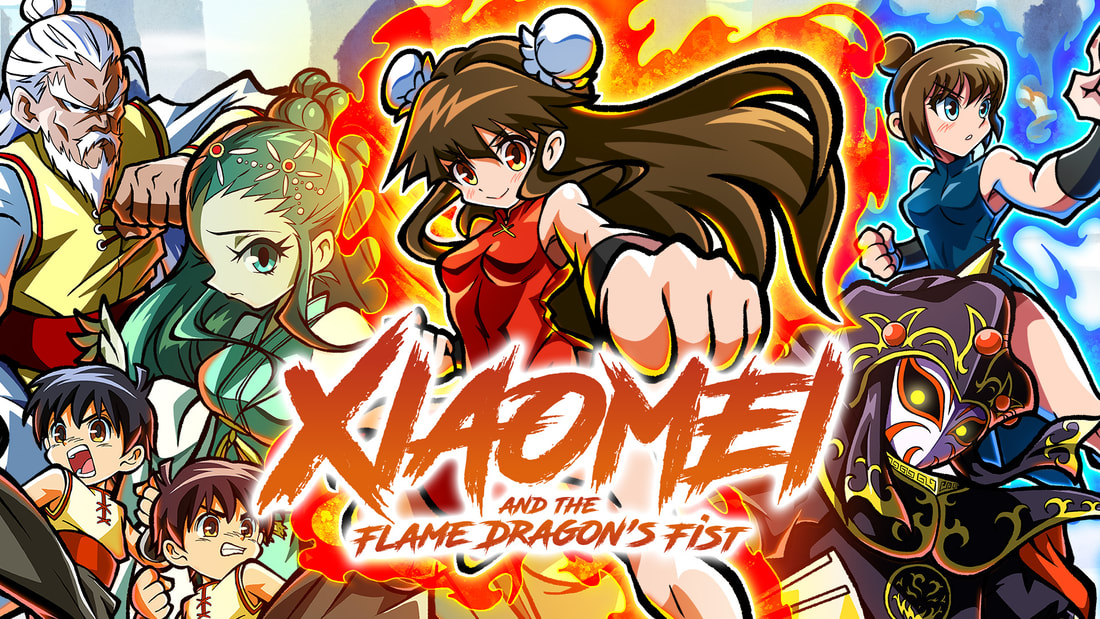
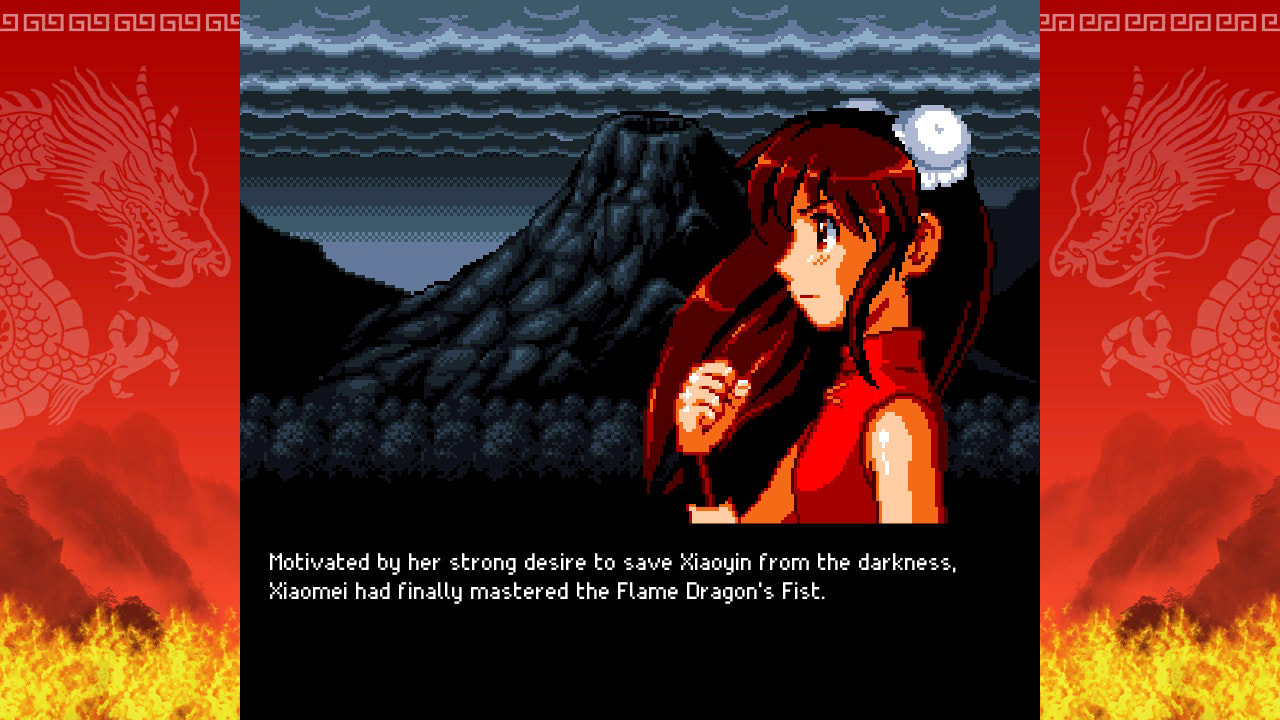

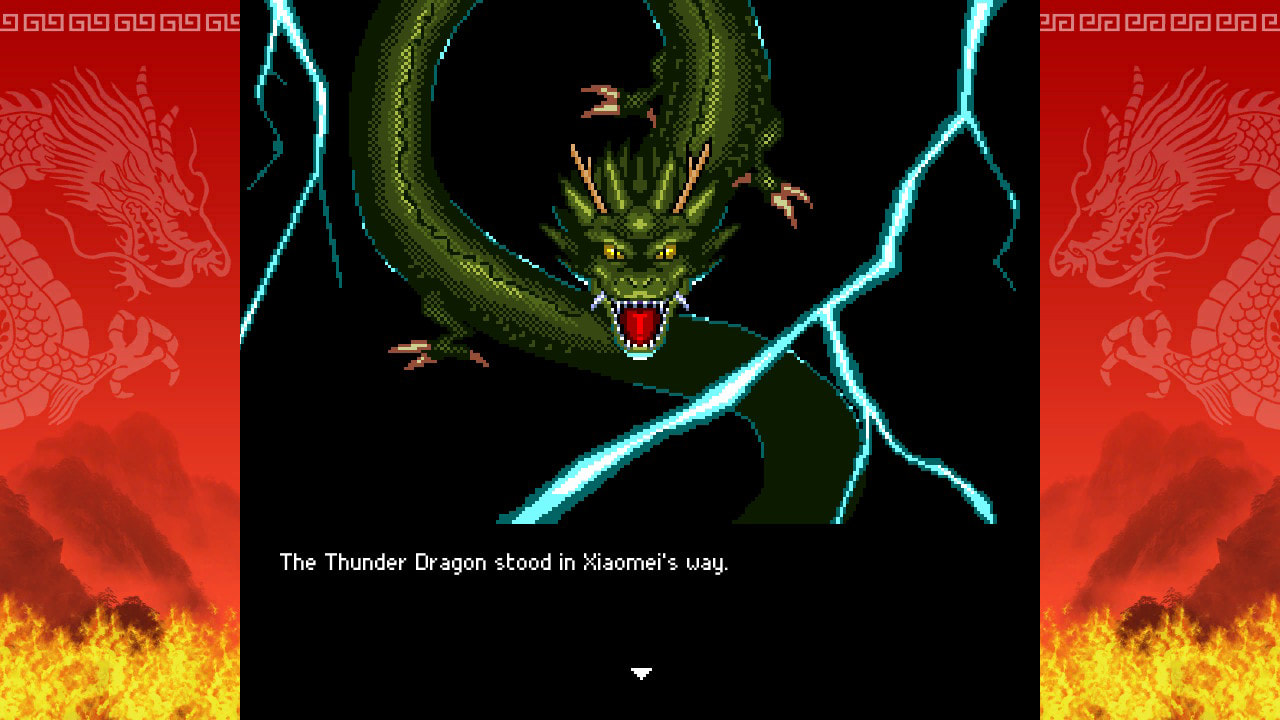
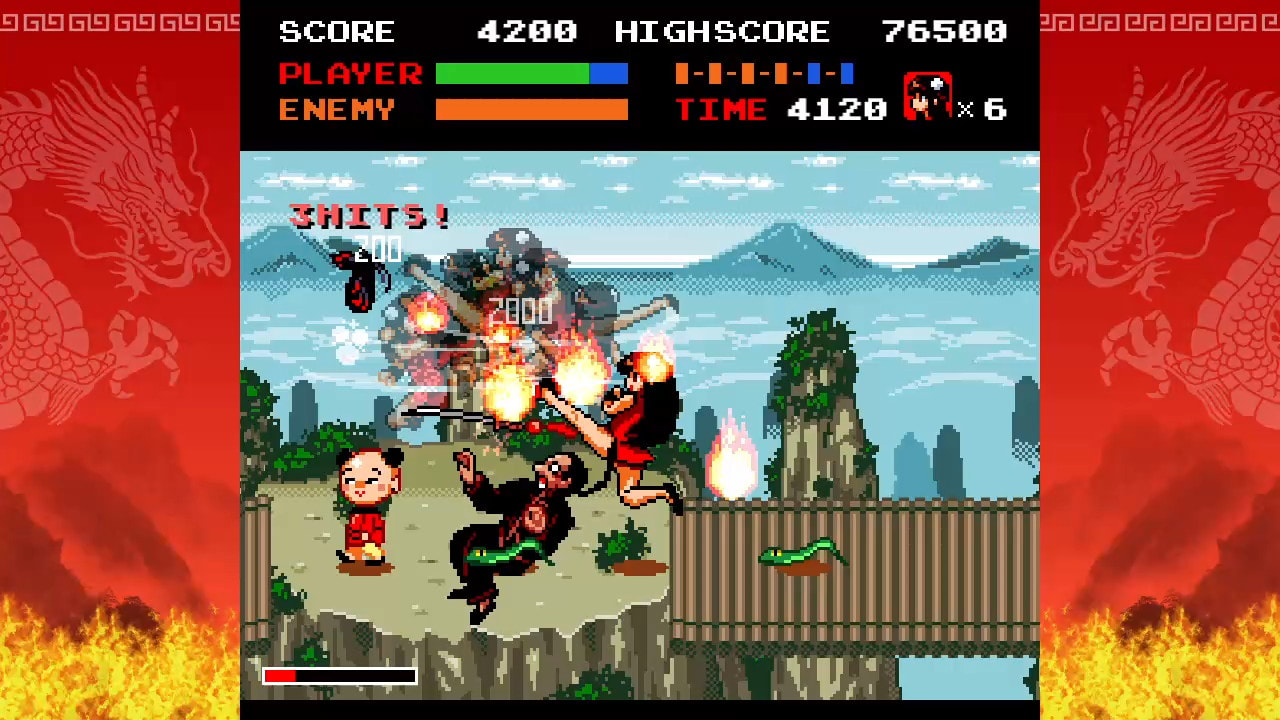


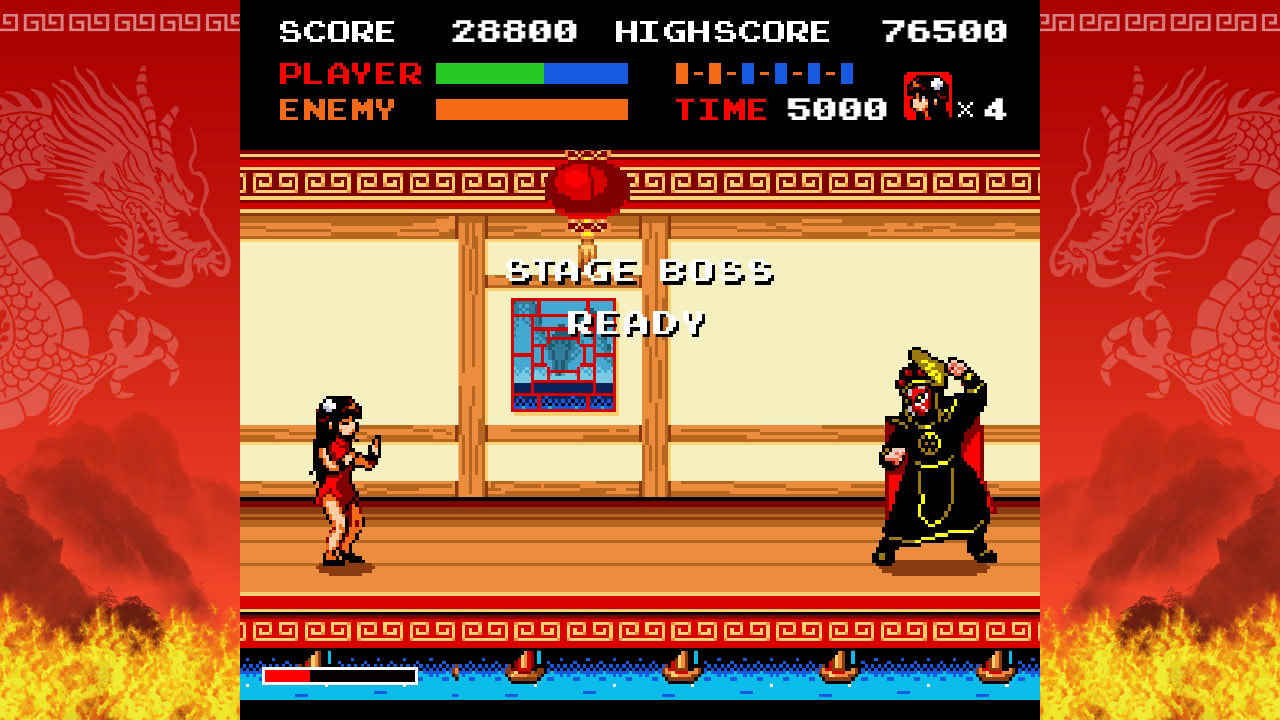
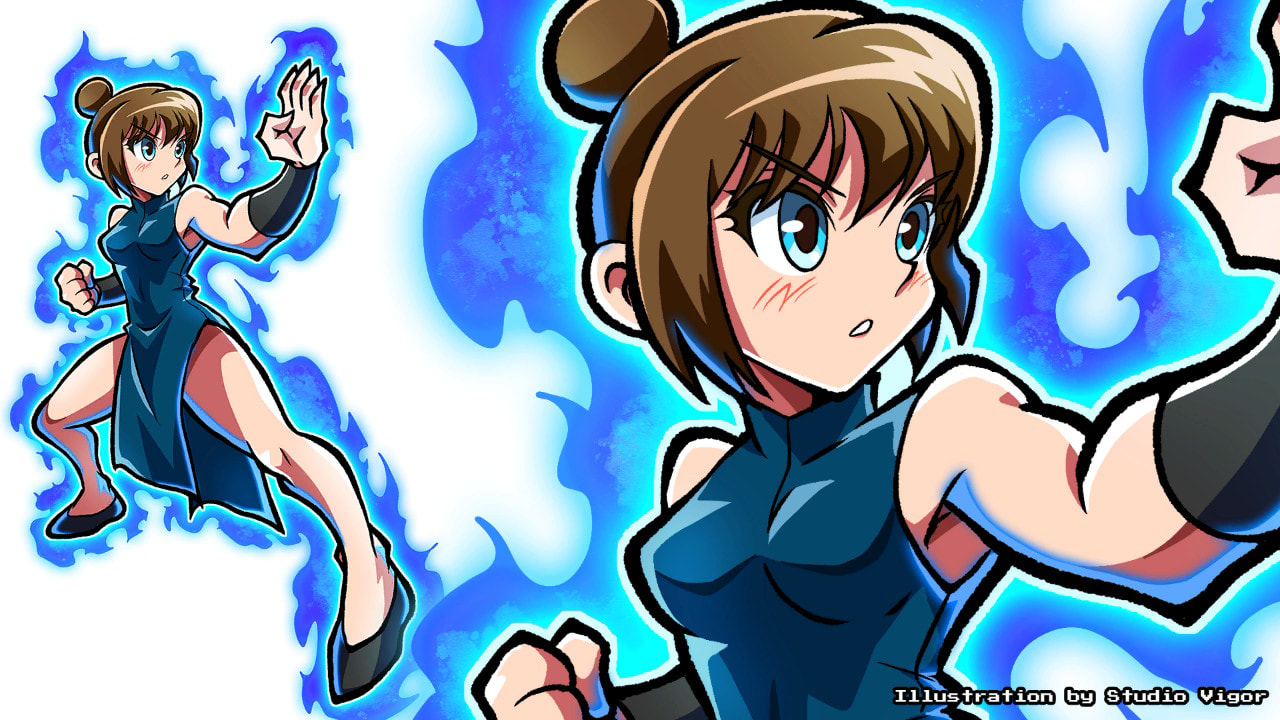
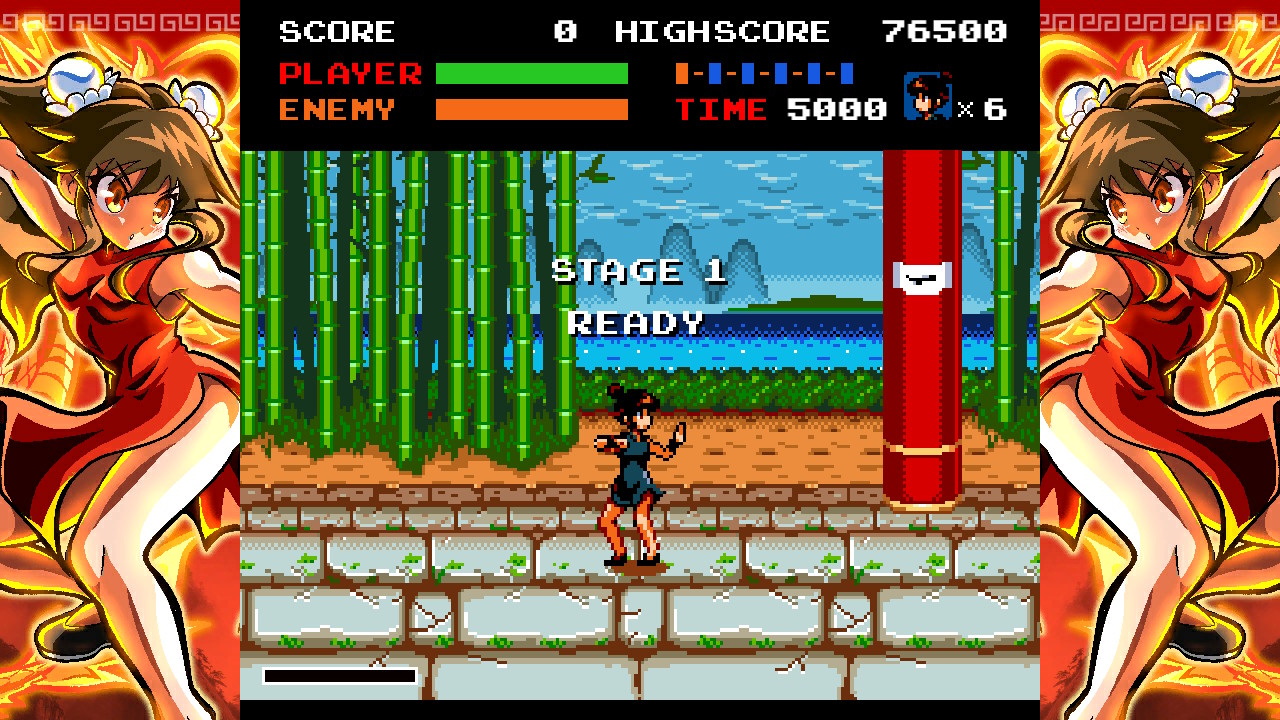



 RSS Feed
RSS Feed